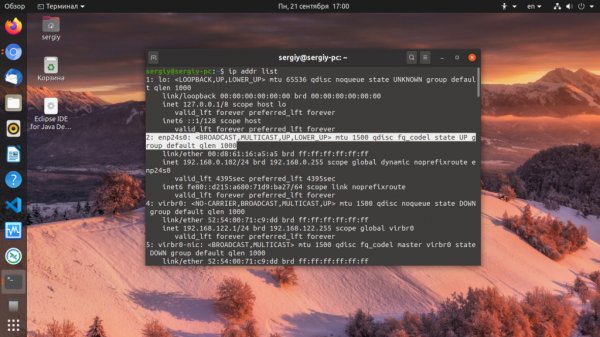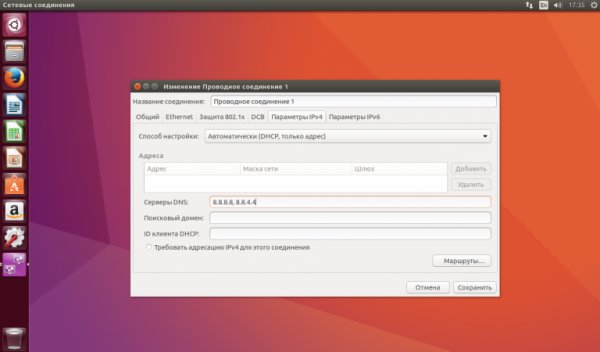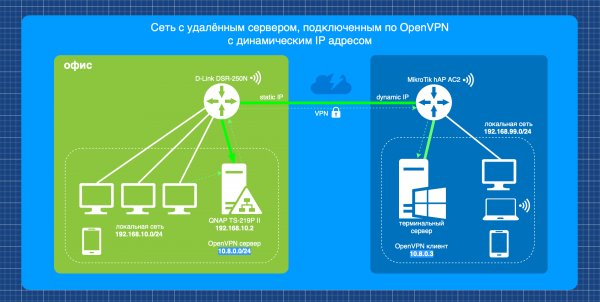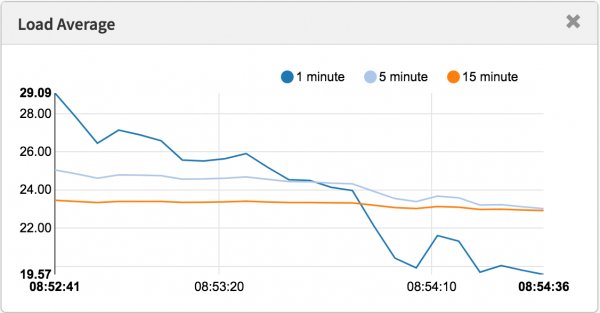How to raise your own VPN in 2023 for Windows, iOS and macOS: configure VPN in a couple of clicks
- Main
- Knowledge base
- How to raise your own VPN in 2023 for Windows, iOS and macOS: configure VPN in a couple of clicks
To raise your own VPN (Virtual Private Network) is an option for those who do not want to pay for expensive utilities and extensions, but want to have access to blocked resources or social networks.
Why do I need to raise my own VPN, and not use utilities and extensions?
Virtual Private Network was originally created for building corporate networks (for example, remote connection of employees to equipment). In 2023, VPN is increasingly being talked about in the context of bypassing locks and accessing certain resources.
It is worth creating your own VPN for at least several reasons:
- hiding traffic from wiretapping. Neither the Wi-Fi network administrator nor the attackers will have access to the data.
- access to resources blocked in the country. The VPN server is located outside the country, so it provides access to sites or services blocked in the region.
- opening traffic from internet service providers. In 2023, they are required to store user traffic and network activity for 1 year. If you want to be safe, it's better to use a VPN.
But the VPN also has limitations: problems accessing foreign IP addresses (for example, as Amediateka or Avito did to protect against parsing and hacking), a decrease in the download speed of sites and resources, the inability to run the same games like CS:GO.
VPN is suitable for simple tasks of surfing the Internet or social networks. It remains only to figure out how to raise your own VPN in 2023 for Windows, iOS and macOS.
Step-by-step instructions on how to create your VPN
To deploy a VPN, you need:
1. Rent a VPS server in a certain country (for example, Germany, the Netherlands, France and others). You can also try Amazon AWS. The software necessary for work is installed on the remote computer.
2. Set up a connection to a remote VPS server via SSH. Install and configure the software to create a Virtual Private Network on the server. To connect via SSH, a special Termius utility is required. You can download the SSH client utility from the official website https://termius.com /.
3. After downloading and launching, you need to create a new host (the "New host" tab) and configure its configuration.
Install the application on a PC or laptop and configure it to use the Virtual Private Network. The settings imply that in the "Address" field you will enter the IP of the VPS server, and in the "Username" - the OS of the virtual machine (Linux, Ubuntu or others). In "Keys" we throw a file with the extension ".pem", which is downloaded from the VPS.
4. To set up a VPN connection, we use WireGuard (https://www.wireguard.com /). But you can try other VPN protocols, even though they are outdated: PPTP, SSTP, OpenVPN). To install WireGuard on a VPS server, use the command:
sudo apt install wireguard -y
The WireGuard protocol involves working with cryptographic keys (a separate pair is created for each device – public and private). You can do this with the command:
wg genkey | tee server_privatekey | wg pubkey > server_publickey
We save the data to a file keys.txt for further work. You will also need to make a configuration:
sudo nano /etc/wireguard/wg1.conf
In the field with the private key ("<PRIV_SER>"), enter the previously received one. We do the same with "<PUB_CLIENT>".
In order for the VPN connection to work, we install a special WireGuard utility on a PC or other devices (download from https://www.wireguard.com/install /).
This completes the instruction completely.
Apply the discount by inserting the promo code in the special field at checkout:
Apply the discount by inserting the promo code in the special field at checkout:



































